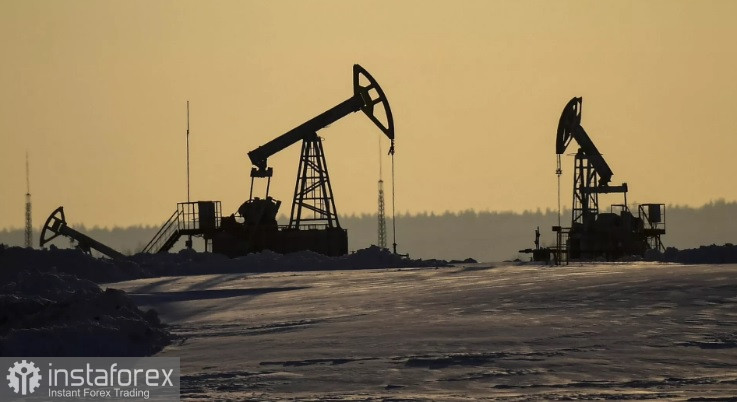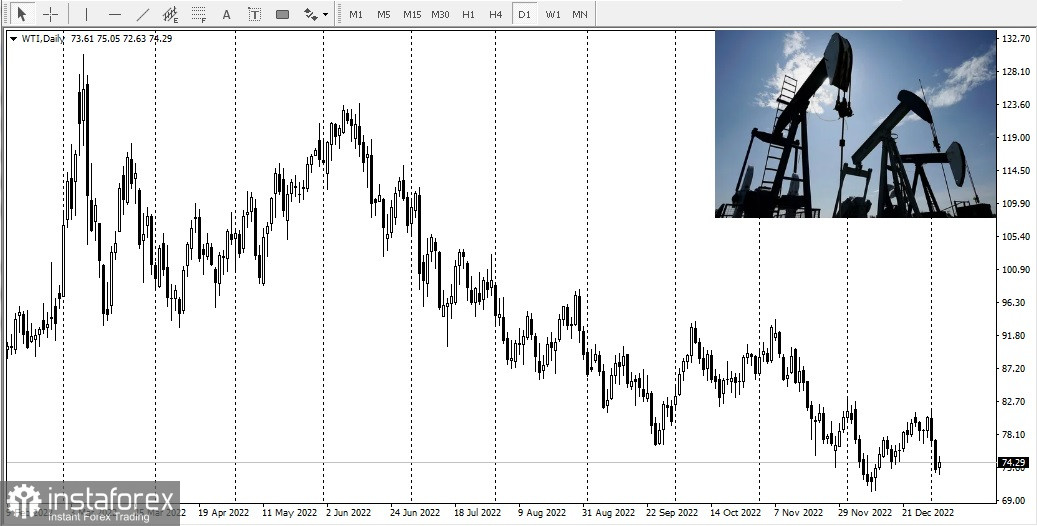
WTI oil prices increased marginally after the US Energy Information Administration announced an increase in oil reserves of 1.7 million barrels per week.

This contrasts with the previous week's tiny increase of 700,000 barrels, which came after a weekly decline of 5.9 million barrels.
Crude oil stockpiles, at 420.6 million barrels, are still 4% below the five-year average, according to the EIA.
The closure of refineries, which burned almost 1 million barrels per day when processing facilities were shut down, was cited by the American Petroleum Institute, which put the accumulation of crude oil reserves at approximately 3.3 million barrels the day before.
Fuel reserves declined in the final week of 2022.
Production is averaging 8.5 million barrels per day, and gasoline inventories have dropped by 300,000 barrels. In contrast, production was 10.1 million barrels per day and reserves were down by 3.1 million barrels from the previous week.
Stocks of medium distillates fell by 1.4 million barrels in the final week of last year, according to EIA estimates, while production averaged 4 million barrels per day.
These numbers are similar to the daily production of 5.1 million barrels and the buildup of 300,000 barrels of reserves. Despite a late rise throughout the year, distillate stockpiles in the US remain below the five-year seasonal average.
The final week of 2022 saw refineries process an average of 13.8 million barrels of crude oil per day, down from 16.1 million barrels per day the week before.
The average daily imports last week were 5.7 million barrels, down from 6.2 million the week prior, while the daily average for the previous four weeks was 6.2 million barrels.
Oil prices have had a rough start to the year as economic worries have grown: A third of the world's economy may enter a recession this year, according to the IMF, and central banks claim they have no plans to alter their hardline strategy to managing inflation.





















